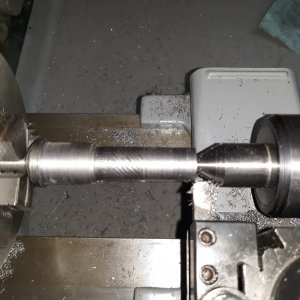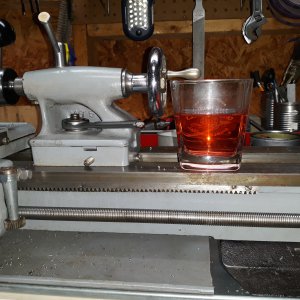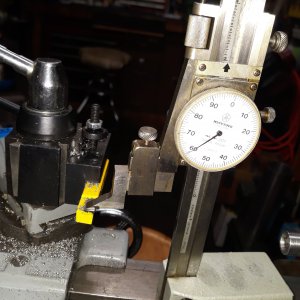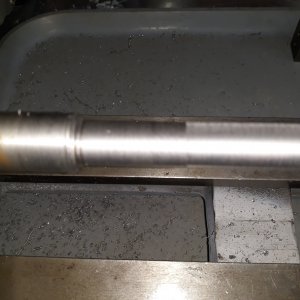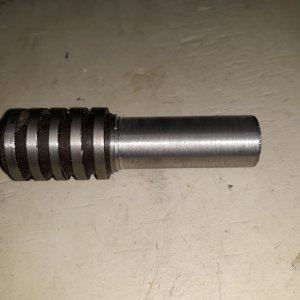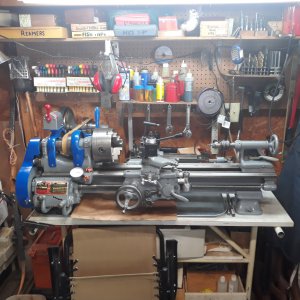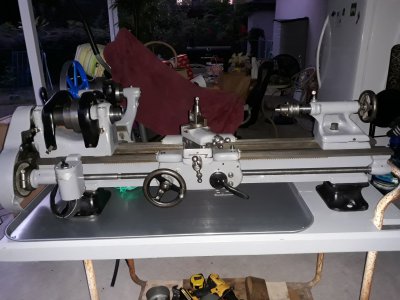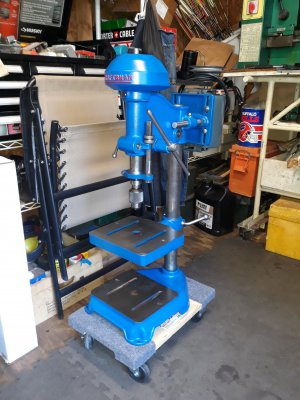- Joined
- May 26, 2015
- Messages
- 875
I did a search for my problem but it was from some time ago. It probably still holds true today though. I have a Craftsman 6" lathe and the parting tool is problematic on the compound slide. Not able to get the blade set low enough to do any cutting. I turned the blade around, on the low side of the holder, and the tool holder has to be used on the other corner of the tool holder. This puts the compound an tool post very close to the chuck assuming your parting is a close in cut required. Cuts mediocre but not so good that I wouldn't just tget he hacksaw out and lethe the lathe assist me in cutting the part off. They "say" the solution is to buy a 250-007-T which is a level tool holder rather than a ramped as the 250-007 is. Anyone with an Atlas / Craftsman 6" lathe have any experience with this problem? Now some boring pics. Thanks

